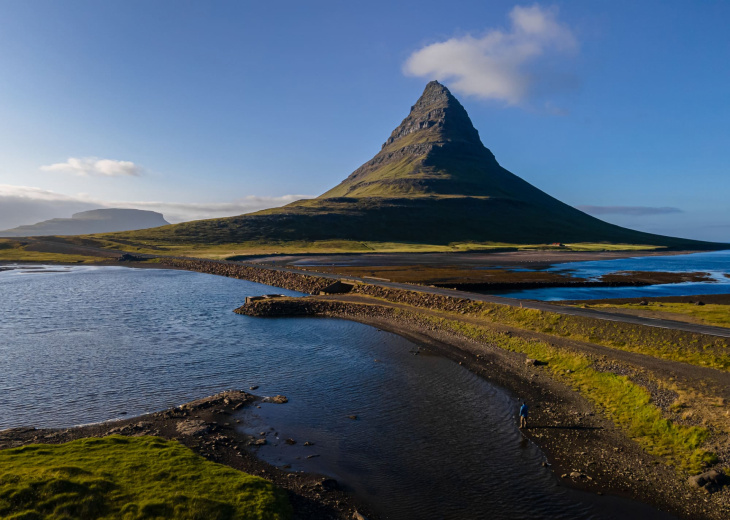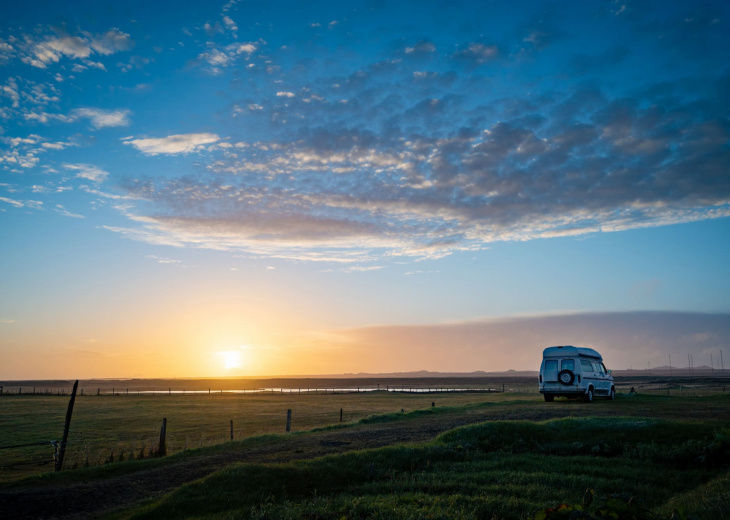

Waterfalls are amongst Iceland’s most iconic attractions and many travellers opt for a waterfall theme to their trip. Almost too numerous to count – there are 10,000 by some estimates – Iceland’s waterfalls are as varied as they are beautiful. You don’t have to travel far to see one: for example, Glymur, the country’s tallest waterfall, is within easy reach of Reykjavik. After a short drive, a two-hour hike through stunning landscape brings you to the edge of the falls as they tumble into a deep ravine.
Every one of Iceland’s waterfalls is different: whether the seven cascades of Dynjandi falls, the dark basalt rocks and white mare’s tail waterfall of Svartifoss or the thundering waters and rainbow-topped spray of Gullfoss, a highlight of the “Golden Circle” route, each has a unique charm. However, travellers who love getting off the beaten track are guaranteed to discover their own favourites in the hidden corners of this extraordinary landscape.
We are often asked which is the season when you can see Iceland’s waterfalls at their best: the answer is at any time of year. The country’s rugged terrain, heavy snow and rainfall during the winter months as well as meltwater from glaciers during the warmer seasons mean that Iceland’s waterfalls are in full flow all year round. The weather doesn’t really impact on your appreciation of a waterfall: the majestic scenery looks even more romantic in the mist and if the sun is shining, the sparkling falls are often crowned with a rainbow. If you are planning a winter trip to Iceland, what could be more spectacular than the flickering colours of the Northern Lights reflecting on a waterfall?
There’s something invigorating yet relaxing about the sight and sound of a waterfall, the perfect antidote to the stress and bustle of modern life. Each of Iceland’s waterfalls has a distinctive beauty and discovering them for yourselves is sure to be a highlight of your travels.
In Iceland its name means “dizzying”. With its 7 different cascades it is not hard to see why.
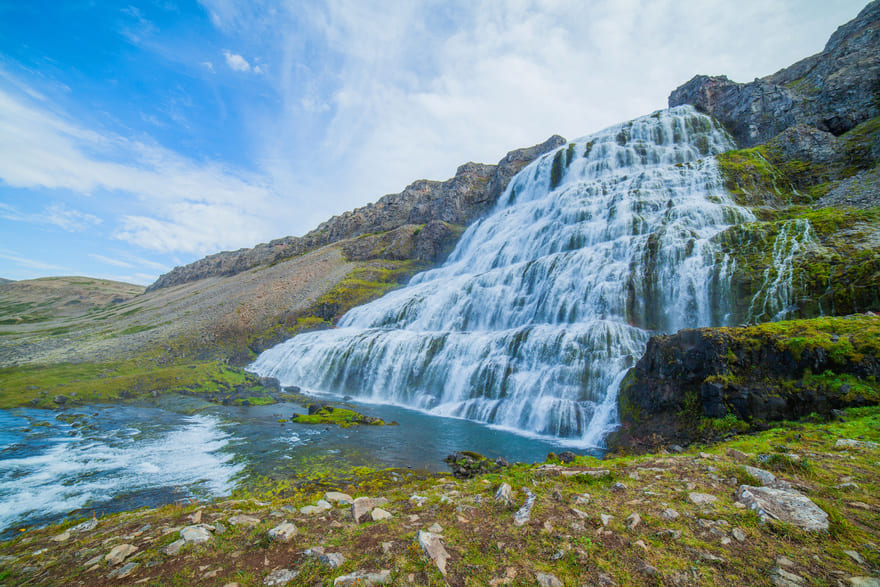
© Max Topchii
The striking contrast between its white waters and its dark basaltic rock formations make this an obvious pick.
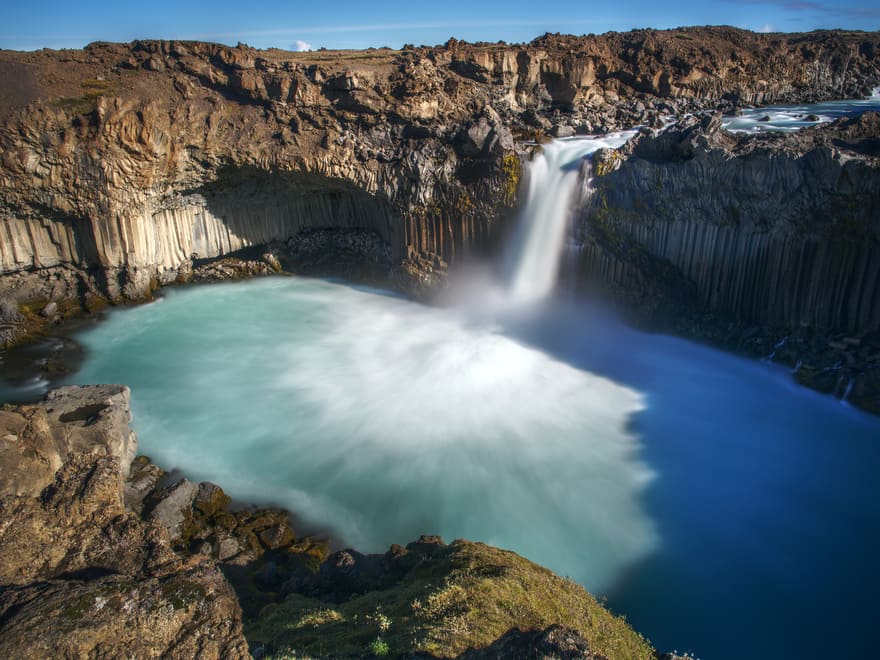
© ondrejvavra
Iceland’s second highest waterfall at 122 metres.
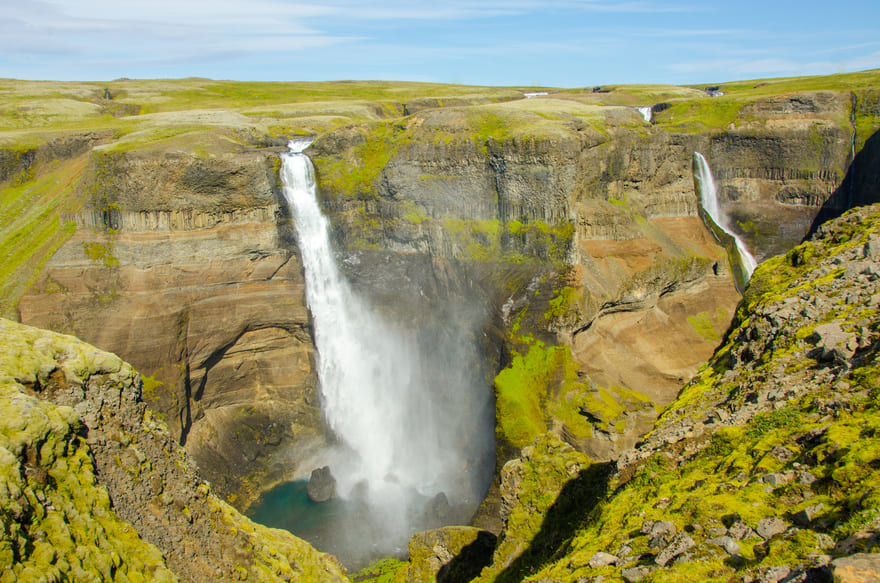
© Simon Dannhauer
From atop its 198 metres, this is Iceland’s talest waterfall. The narrow gorge it falls into makes it an unforgettable sight.
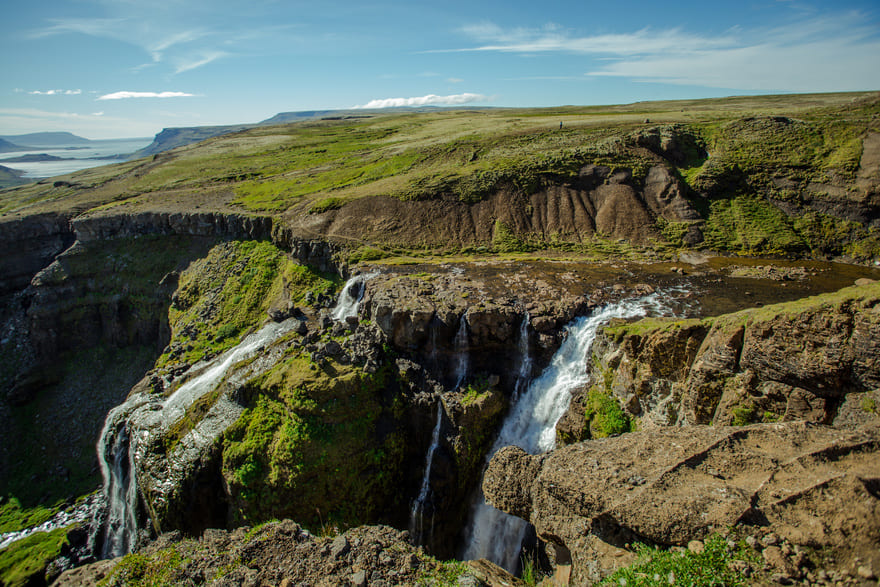
© ale_koziura
“The golden falls” as it is often called, is part of Iceland’s famous Golden Circle.
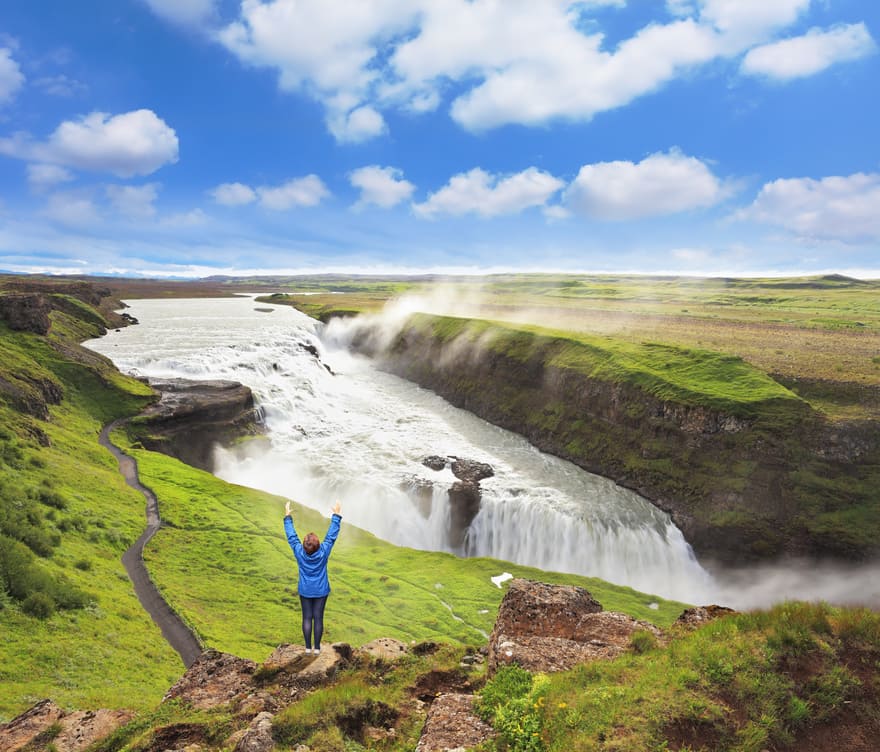
© Kushnirov Avraham
Europe’s most powerful waterfall!
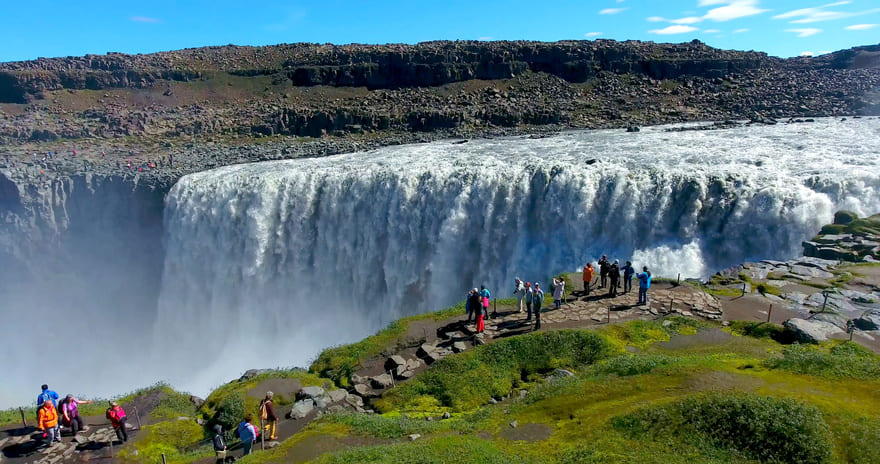
© inboundhorizons
One of Iceland’s most unusual waterfalls.
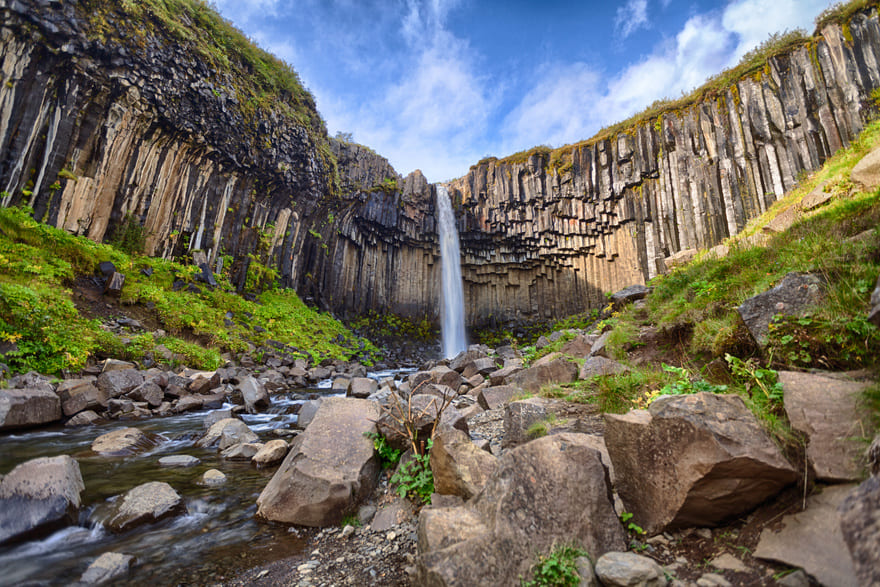
© Isaac Ruiz

